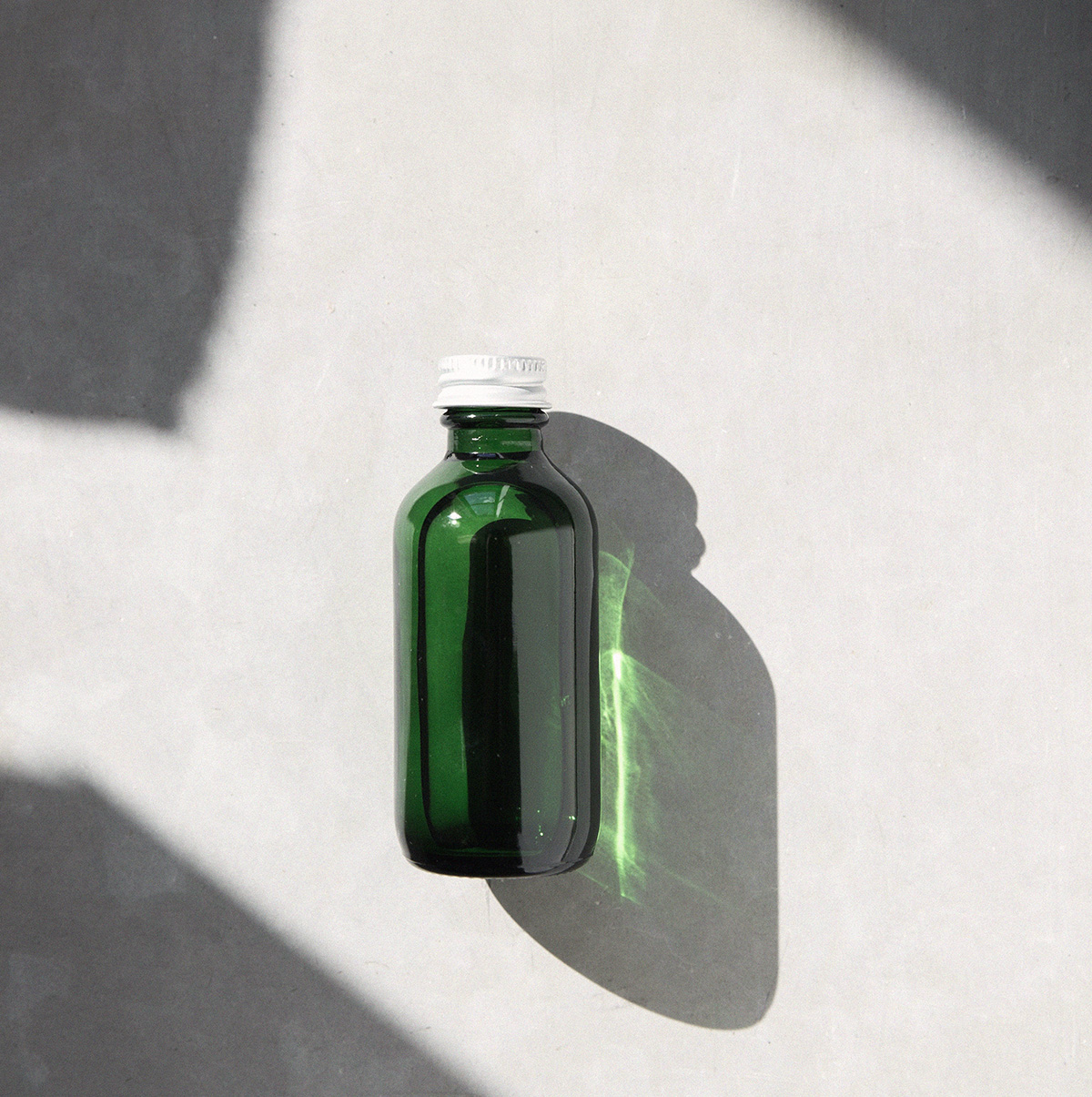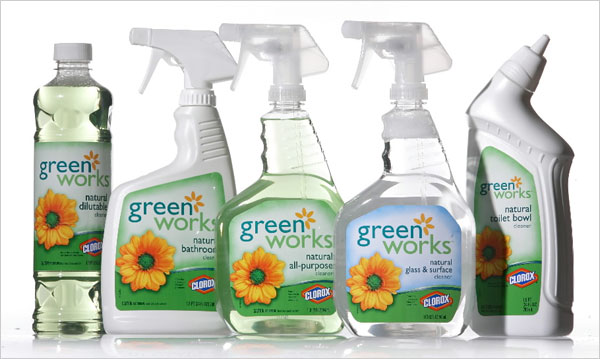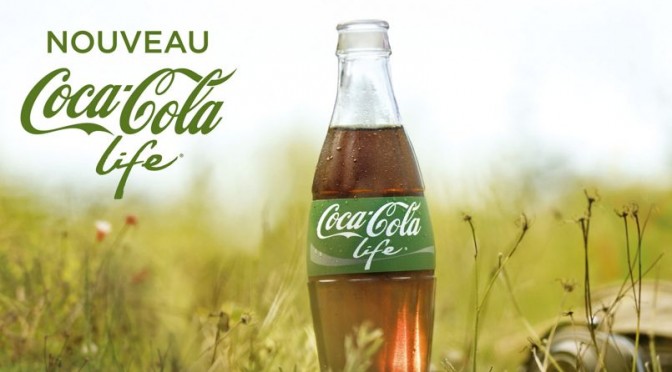
Have you been fooled by greenwashing?
“Greenwashing” is the same premise but in an environmental context. It’s greenwashing when a company or organization spends more time and money claiming to be “green” through advertising and marketing than actually implementing business practices that minimize environmental impact.
Everything is Green these days. Simply, because people want to be more environmentally friendly and brands response with greenwashing and taking advantage of consumers. Consumers will spend more money to buy products that they believe are eco-friendly but don’t help the environment. We´ve all been there. Because we don´t always have time to research all brands, ingredients, and labels. Sometimes people just trust green packaging, words like natural, green, eco, bio, botanicals, pure, clean and recycled to be true, but unfortunately, they might not always be true.
EXAMPLES OF GREENWASHING
A classic example is an energy company that runs an advertising campaign touting a “green” technology they’re working on — but that “green” technology represents only a sliver of the company’s otherwise not-so-green business, or may be marketed on the heels of an oil spill or plant explosion.
Or a hotel chain that calls itself “green” because it allows guests to choose to sleep on the same sheets and reuse towels, but actually does very little to save water and energy where it counts — on its grounds, with its appliances and lighting, in its kitchens, and with its vehicle fleet.
Or a bank that’s suddenly “green” because you can conduct your finances online, or a grocery store that’s “green” because they’ll take back your plastic grocery bags, or …
Or greenJet haha Everything about this add is a joke, From flowers to erasing your carbon footprint. “Eco assured” by who? They just put it there in case we didn´t get how extremely green and good for environment flying is. Best one must be the text that says that the company plants trees so that we can fly as much as we want to.
And dear Shell how stupid do you think we are? While you are drilling the Arctics
Or McDonald’s painting itself as ‘green’, just because it has begun to use biofuel made from leftover grease in its fleet of trucks, and is using recycled paper in its takeaway bags. Great steps forward, of course, yet the company still uses beef grazed on deforested land in South America, and of course bases its entire concept around disposable packaging.
Would you guess these were loaded with chemicals packed in plastic, but nicely decorated with leafs and green design.

Landfills are stuffed with disposable diapers. But that doesn’t prevent disposable diaper companies from trying out a good greenwash.
The worst the products is for enviorment, the harder companies try to greenwash it: cars, gas, bottled water, cosmetics, diapers, cleaning products, soft drinks, paper products, snacks, clothing (especially sports clothing), meat, dairy, tampons and sanitary pads, toys….
How to spot greenwashing?
1. When looking at a green ad, check if the company is known for being eco-friendly. Search for information on the company’s sustainable business practices and get informed. Do they have a comprehensive environmental story? Is there believable information to substantiate the green claims you saw in the ad? If not, buyer beware.
2. Be aware of pretty green design with 5 eco signs. There will probably be also a tree or leaves on it and flowers, we can´t forget about flowers. Everything possible to convince you just how green they are.
3. Trust your gut feeling! Does it seem real, or too good to be true?
4. Next, try this. Google the company name plus the word “environment” and see what pops up. This is far from scientific, but if consumers or environmental advocates have a beef with the company’s track record, something’s bound to pop up.
5. Look for certifications and labels! Sometimes greenwashers will make their own fake certifications. If you haven’t heard of it, look it up. Here are examples of real certifications:
- The Soil Association
- EcoCert
- The Green Seal
- FSC (for paper and wood)
- LEED certified green buildings
- The Leaping Bunny (for cosmetics)
- USDA approved organic
- EPEAT certified green electronics


Why it´s so bad?
At its very worst, greenwashing is bad for the environment because it can encourage consumers to do the opposite of what’s good for the environment. Greenwashing makes claims that are neither good nor bad for the environment — it’s just making green claims to sell more stuff.
Nobody likes to be taken advantage of, especially when it comes to money. So, the next time you see an environmental claim, do some research.The last thing you want to do is spend money on a product or service you believe is doing right by the environment, but in reality is not — or not as much as the ad might lead you to believe.
Smart businesses are finding out that doing right by the environment actually does increase profitability in many cases. With so many easy ways for businesses to reduce their environmental impact or improve their products and processes, it’s just sad when they don’t. It’s even worse when they don’t make changes and claim to be a green company just to push their agenda. When properly trained, consumers see right through this “green screen.” Then greenwashing backfires, hurting the company’s reputation and, ultimately, their sales.
So don´t be fooled, read ingredients, check labels and google it. And don´t say “Well at least they are doing something” because the only reason they are promoting this “green” product is to fool you. If Adidas makes one recycled shoe, but their whole production and the rest of the products are plastic and toxic, plus they are produced in sweatshops – there is nothing good about that shoe. It´s just there to make you feel good for giving them the money.
And dear hippie surfers and “we love nature” snowboarders, don´t think you are doing an environment a favor if you buy “eco-friendly” surfboard/snowboard that´s make out of 5% recycled parts or in a factory that has solar panels on the roof. This doesn´t make the product green, it´s still made from toxic materials, plastic and can´t be easily recycled. And after that you might bring on a multiple flights to Bali or Japan, dressed in you plastic clothes. Maybe you can make one out of upcycled wood and surf/snowboard naked in your backyard. Until then, we are all part of the problem and we should do our best to not support the companies that are pretending to do good for the planet by destroying it.
Thank you!
Mateja




Leave a Reply